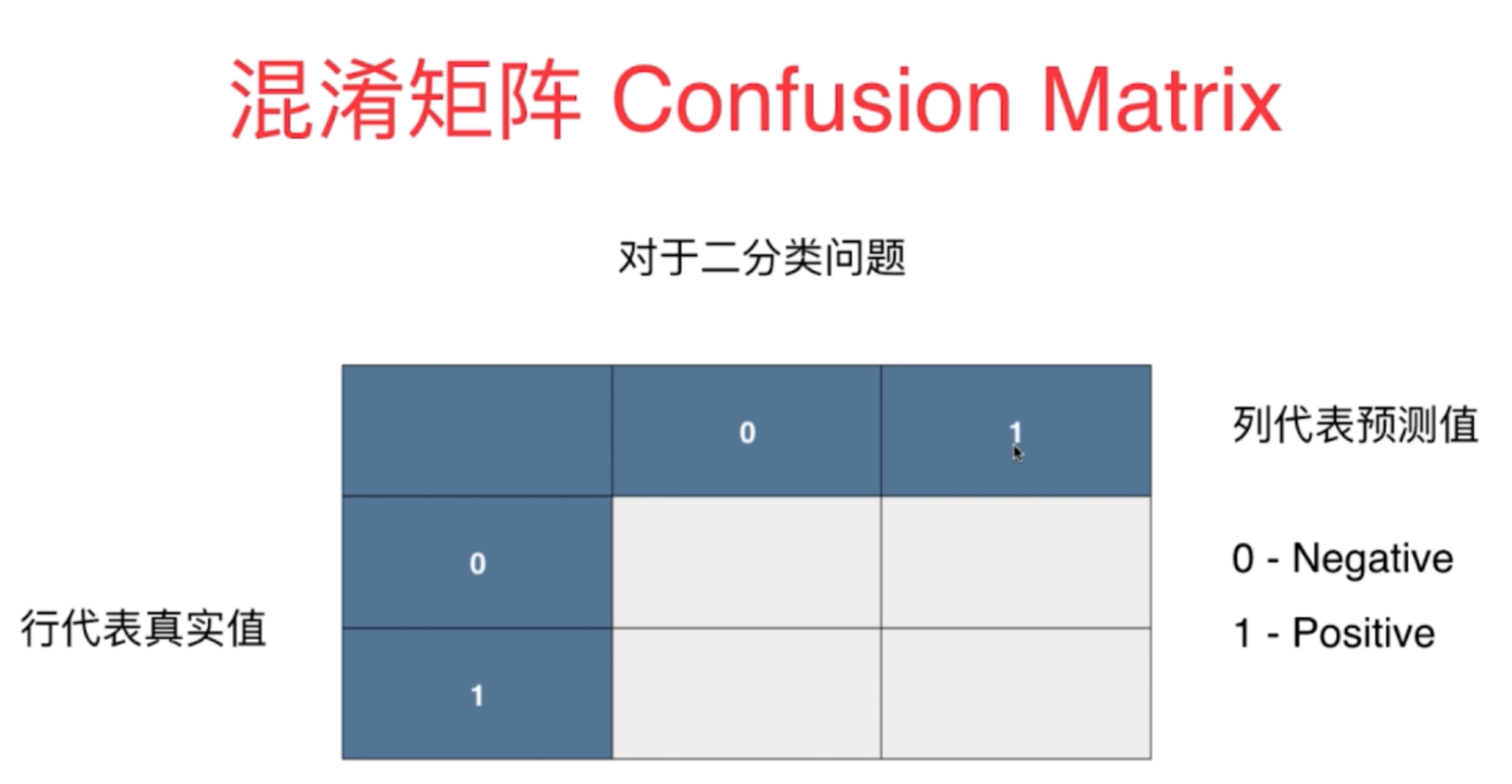混淆矩阵
其中关于 TP, TN; FP, FN 的解释;
其中首字母 T,F代表预测的情况,即T代表预测的结果是对的, F代表预测的结果是错误的;
第二个字母代表预测是预测为 正样本,还是负样本, Positve 代表正样本;
注意,
此时这里的正样本代表的 是 预测属于某一类别的样本;
负样本则代表预测不属于某一类别的样本。
举例说来
- TP: True 模型预测正确, 预测为正样本Positive;
- FN: False 模型预测错误, 预测为负样本 Negative;

通常情况下,混淆矩阵中, 行代表真实值,列代表预测值,
部分仓库, 与此不一致,列代表真实值,行代表预测值,
需要阅读代码的时候,通过查看文档确定;

1. 基础指标
1.1 准确率 (accuracy)
准确率:衡量正确预测的样本占总样本的比例。这是最简单的指标,
计算方式为 :
预测正确的样本数目 所有预测的样本数目 \frac{预测正确的样本数目 }{所有预测的样本数目} 所有预测的样本数目预测正确的样本数目
然而,普通的准确率并不适合不平衡的数据集。
- 因为在 类别不均衡的数据集中,
假设异常类别的样本数目特别多, 异常类别的样本数目很少。
此时, 正常样本的预测正确的个数很高, 但是异常类别的样本全部预测错误,
此时,在这种情况下, 整体样本的准确率仍然非常高, 然而实际情况却并非如此,因为此时异常样本的预测的准确率几乎为0;
1.2 精确率(查准率) Precision
查准率:
它衡量 正确预测的正观测值与预测的正观测值总数的比率。
- 它评估模型预测正类的准确性,计算公式为:
T r u e P o s i t i v e T r u e P o s i t i v e + F a l s e P o s i t i v e \frac{ True Positive }{ True Positive + False Positive } TruePositive+FalsePositiveTruePositive
分子: True Positive: 预测正确,且预测为正样本, 即混淆矩阵中对角线上的值;
分母: False Positive: 预测错误, 且预测为正样本;
1.3召回率(查全率) Recall ( Sensitivity)
召回率(灵敏度):它衡量正确预测的阳性观察结果与所有实际阳性结果的比率。
- 它评估模型检测所有正实例的能力,
计算公式为
True Positives
True Positives + False Negatives
True Positives + False Negatives
True Positives
分子: True Positive: 预测正确,且预测为正样本, 即混淆矩阵中对角线上的值;
分母: False Negative : 预测错误, 且预测为正样本; 该类别下所有的样本个数, 通常是某一行的所有样本的总和。
1.4 F1值、
F1 分数:精确率和召回率的调和平均值。
- F1 分数在精确度和召回率之间提供了平衡,对这两个指标给予相同的权重。
其计算方式为
1.5 ROC曲线的AUC值
AUC-ROC (Area Under the Receiver Operating Characteristic Curve)
ROC 曲线是各种阈值的真阳性率(召回率)与假阳性率(1 - 特异性)的图形表示。 AUC-ROC 测量该曲线下的面积,并提供所有可能的分类阈值的总体性能测量
上述指标中,在 Python 中使用 scikit-learn,这些指标可以计算如下:
from sklearn.metrics import accuracy_score, precision_score, recall_score, f1_score, roc_auc_score# Assuming y_true contains true labels and y_pred contains predicted labels
# Calculate different evaluation metrics
accuracy = accuracy_score(y_true, y_pred)
precision = precision_score(y_true, y_pred)
recall = recall_score(y_true, y_pred)
f1 = f1_score(y_true, y_pred)
auc_roc = roc_auc_score(y_true, y_scores) # y_scores are the predicted scores or probabilities# Print the calculated metrics
print(f"Accuracy: {accuracy}")
print(f"Precision: {precision}")
print(f"Recall: {recall}")
print(f"F1 Score: {f1}")
print(f"AUC-ROC: {auc_roc}")
1.6 average 参数的选择
对于 precision_score 、 recall_score 和 f1_score , average 参数指定对每类指标执行平均的类型,以计算总体指标:
-
average=‘micro’ :
通过计算所有类别的真阳性、假阴性和假阳性总数来全局计算指标。然后使用这些聚合值计算指标。 -
average=‘macro’: 单独计算每个类的指标,然后取这些指标的未加权平均值。平等对待所有类别,无论类别是否不平衡。
-
average=‘weighted’ :单独计算每个类的指标,然后取这些指标的加权平均值,其中每个类的分数按其支持度(真实实例的数量)进行加权。
from sklearn.metrics import precision_score, recall_score, f1_score# Assuming y_true contains true labels and y_pred contains predicted labels for multi-class classification
# Calculate precision, recall, and F1-score with different averaging methods
precision_micro = precision_score(y_true, y_pred, average='micro')
precision_macro = precision_score(y_true, y_pred, average='macro')
precision_weighted = precision_score(y_true, y_pred, average='weighted')recall_micro = recall_score(y_true, y_pred, average='micro')
recall_macro = recall_score(y_true, y_pred, average='macro')
recall_weighted = recall_score(y_true, y_pred, average='weighted')f1_micro = f1_score(y_true, y_pred, average='micro')
f1_macro = f1_score(y_true, y_pred, average='macro')
f1_weighted = f1_score(y_true, y_pred, average='weighted')# Print the calculated metrics
print(f"Precision - Micro: {precision_micro}, Macro: {precision_macro}, Weighted: {precision_weighted}")
print(f"Recall - Micro: {recall_micro}, Macro: {recall_macro}, Weighted: {recall_weighted}")
print(f"F1 Score - Micro: {f1_micro}, Macro: {f1_macro}, Weighted: {f1_weighted}")reference
https://www.cnblogs.com/Yanjy-OnlyOne/p/11362315.html#:~:text=3%E3%80%81%E6%B7%B7%E6%B7%86%E7%9F%A9%E9%98%B5(Confusion%20Matrix,%E4%BB%A3%E8%A1%A8%E7%9A%84%E6%98%AF%E9%A2%84%E6%B5%8B%E5%80%BC%E3%80%82





的旋转问题:“万向节锁定”(Gimbal Lock))




约束)







?)
